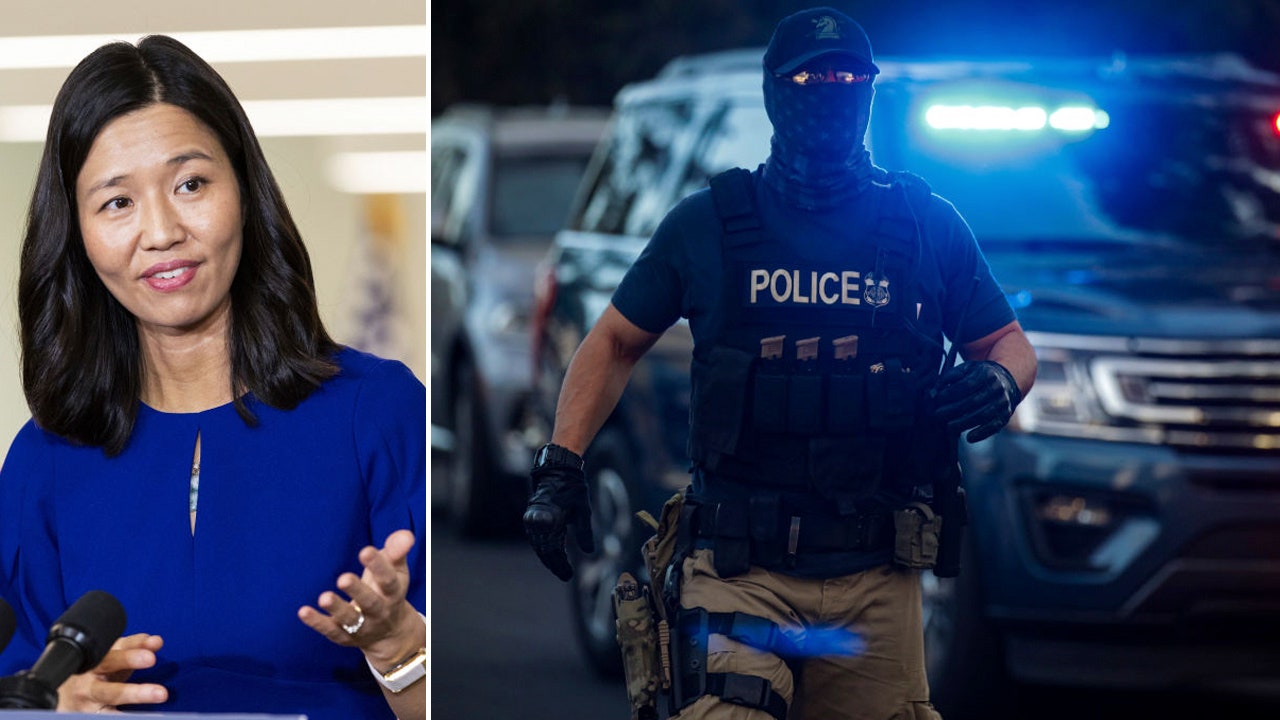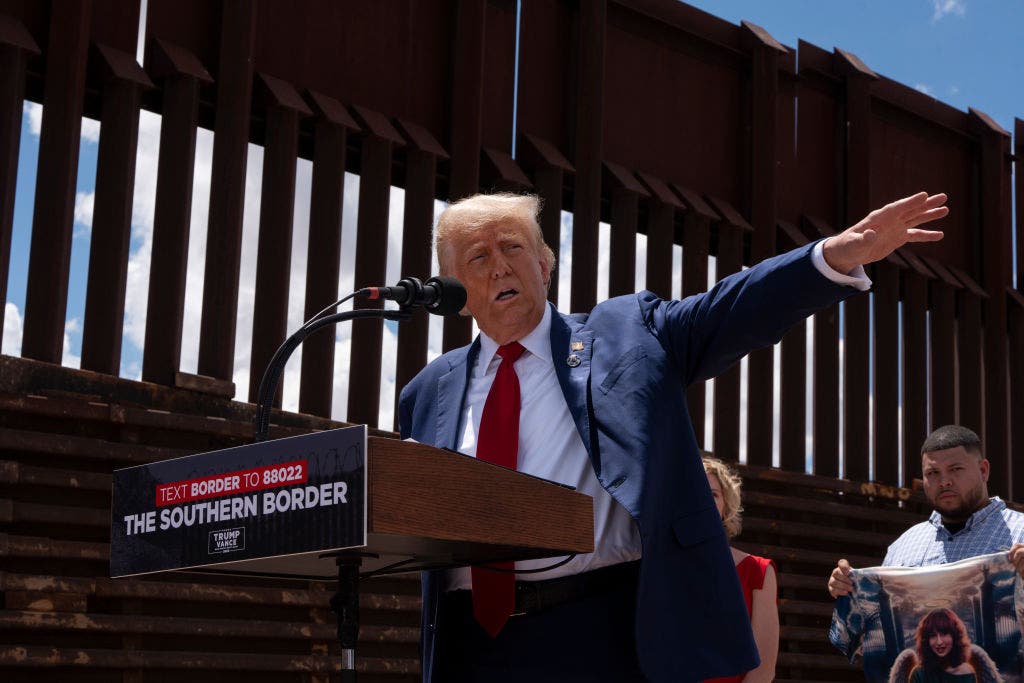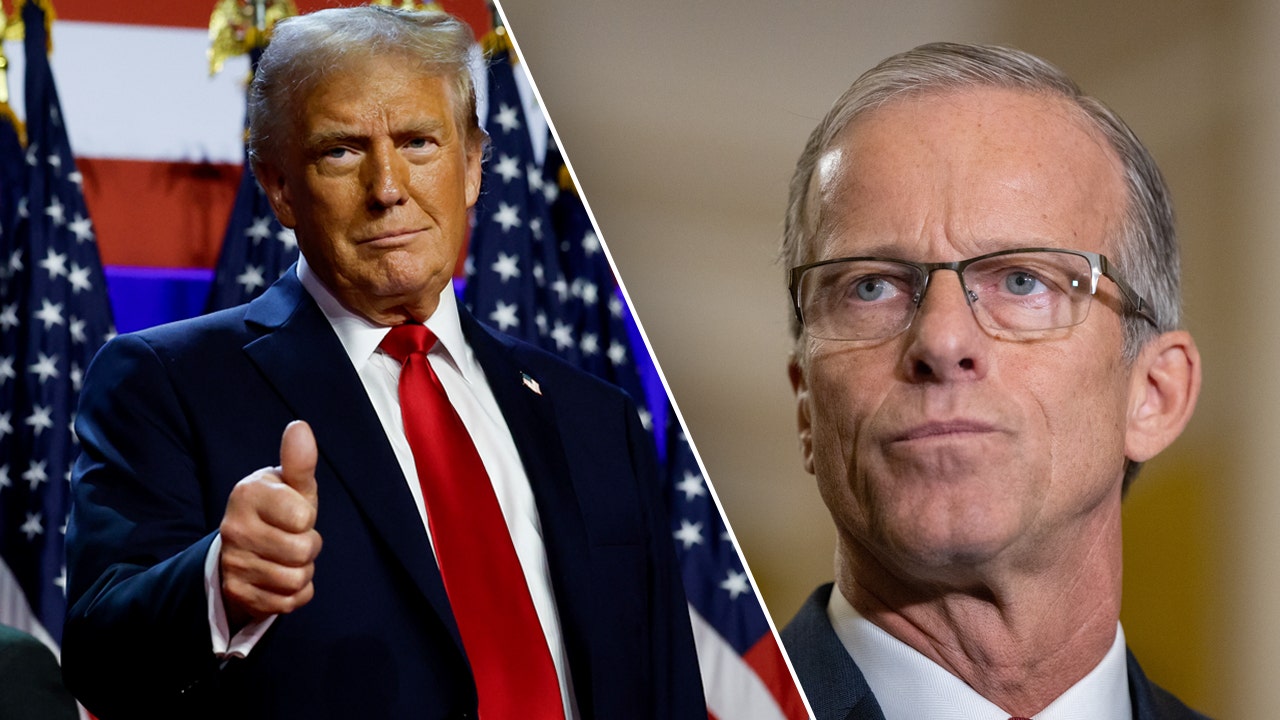“We are deeply concerned by the escalating violence in Peru, which on Monday January 9 saw one of the deadliest days since unrest erupted in early December,” said spokeswoman Marta Hurtado an explanation.
The protests were sparked by former President Pedro Castillo’s attempt to dissolve Congress and rule by decree, which many saw as unconstitutional.
Mr. Castillo was subsequently arrested and replaced by the vice president, prompting his supporters to take to the streets.
Last fatal collision
About 40 people were killed and 518 injured in clashes between police and military.
Citing official reports, OHCHR said at least 17 people, including a minor, were killed in Juliaca in the southern region of Puno on Monday, while a police officer was killed on Tuesday after his vehicle was set on fire.
“We urge the authorities to do this fast, impartial and effective investigations into the deaths and injuries, hold those responsible accountable and ensure victims have access to justice and redress,” Ms Hurtado said.
“We note that the government has sent a high-level mission to Puno and convened a national dialogue platform. It is important that all negotiations make sense and that all stakeholders are involved,” she added.
appeal for restraint
Ahead of a planned nationwide strike in the coming days, OHCHR has urged protesters to show restraint while exercising their right to peaceful assembly.
“We repeat our appeal to the security forces comply with human rights standards and make sure that is force used only when absolutely necessaryand if so, in full compliance with the principles of legality, precautionary and proportionality,” Ms. Hurtado said.





